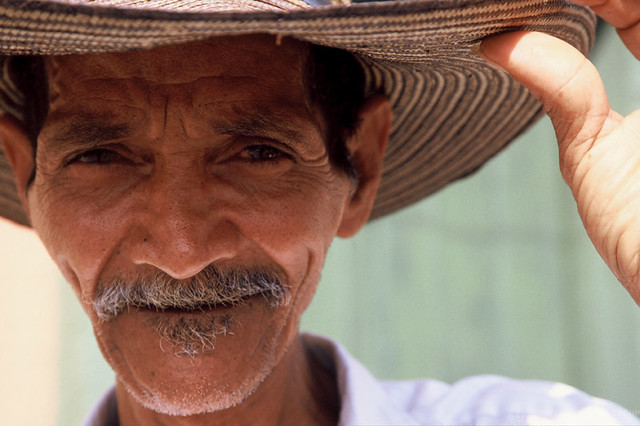The Co-operative Republic of Guyana is a small South American country with abundant natural resources. Although geographically situated in South America, the country is culturally and historically connected to the Caribbean and is a founding member of the Caribbean Community (CARICOM). Extensive tropical forests cover 80 percent of the country and large offshore oil and gas (O&G) reserves account for recent growth. Guyana's estimated resources stand at over 11 billion oil-equivalent barrels, including an estimated 17 trillion cubic feet of associated natural gas reserves.[1]
Guyana's GDP per capita is rapidly increasing due to oil production. The country is expected to remain one of the fastest growing economies with double-digit growth rates in 2025 (11.8%) and 2026 (22.4%) as additional oil fields start operation.[2] While, historically, Guyana's GDP per capita was among the lowest in South America, extraordinary economic growth since 2020, averaging 47.6 percent over the last three years, brought GDP per capita to over US$18,199 in 2022. Real GDP is estimated to have increased by 43.6 percent in 2024, primarily driven by the expansion of oil production but also strong growth in the non-oil economy.
Guyana has experienced a decline in poverty over the past decade from 60.9 percent in 2006 to 48.4 percent in 2019, using a poverty line of US$5.50 per day in 2011 PPP. Recent data to monitor progress in poverty reduction is not available. Notwithstanding these gains, poverty and social exclusion鈥搃ncluding limited access to basic services鈥搑emain in Guyana's hinterland.
The education sector in Guyana has made remarkable progress in the last 15 years in terms of access; as of 2022, Guyana achieved 91 percent and 103 percent[3] enrollment at the Nursery and Primary levels, respectively. However, learning outcomes still need to be improved across all levels. Although the average Guyanese student is expected to complete 12.2 years of schooling, this is equivalent to only 6.8 years of learning when expressed in Learning-Adjusted Years of Schooling (LAYS).
Health outcomes in Guyana remain below the average for LAC and comparator countries. In 2021, the infant mortality rate was 23.2 per 1,000 live births (compared to a LAC average of 14 per 1,000 live births), and the under-5 mortality rate was 28 per 1,000 live births (compared to a LAC average of 16). Based on the recent Global Monitoring Report 2023, about 76% of the population in Guyana can effectively access essential services. While this is an important improvement from the 65% it registered previously, the levels of service coverage have not advanced in recent years.
Guyana is at high risk from climate-related hazards, including increases in heavy rainfall and related occurrences of flooding, sea-level rise and storm surges. The impact of rising sea levels and intensified storm surges in Guyana would be among the greatest in the world, exposing 100 percent of the country's coastal agriculture and 66.4 percent of coastal urban areas to flooding and coastal erosion, with potential GDP losses projected to exceed 46.4 percent. Flooding from rainfall routinely affects residents in each of the two rainy seasons each year and the economic impacts of flooding due to rainfall are forecast to increase by around 60% by the middle of this century due to climate change.
[1] This is equivalent to 18% of discovered resources (oil and natural gas) and 32% of discovered oil worldwide since 2015.
[2] World Bank Group Macro Poverty Outlook, 2025.
[3] The general enrolment rate can exceed 100 percent for reasons such as early or late entry, and/or grade repetition.


